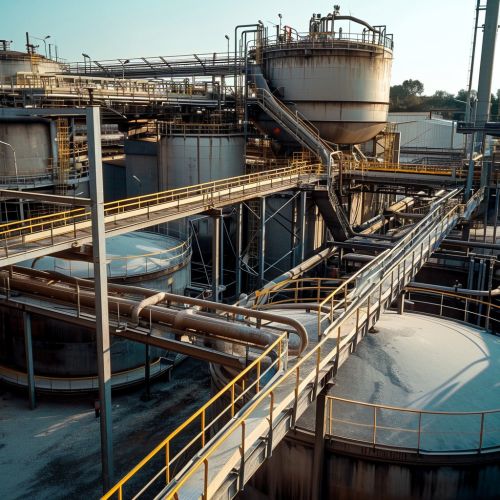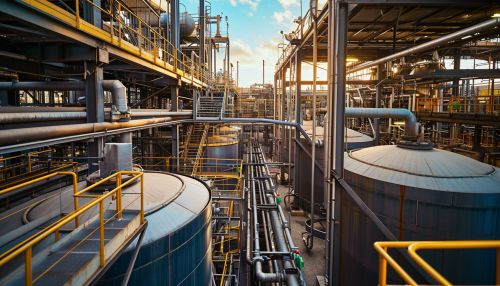Hydrometallurgy
Introduction
Hydrometallurgy is a branch of metallurgy that involves the use of aqueous chemistry for the recovery of metals from ores, concentrates, and recycled or residual materials. The technique is often used to extract precious metals like gold and silver, as well as base metals like copper, zinc, and nickel.
Principles of Hydrometallurgy
Hydrometallurgy is based on the principles of leaching, solution concentration, and metal recovery. These principles are applied in a series of steps to extract and purify the desired metal.


Leaching
Leaching is the first step in hydrometallurgy. It involves the dissolution of the metal from the ore by a suitable solvent, usually an acid or a base. The choice of solvent depends on the nature of the ore and the metal to be extracted.
Solution Concentration
After leaching, the solution is concentrated to increase the proportion of the metal. This is usually achieved by evaporation, crystallization, or precipitation. The concentrated solution is then ready for metal recovery.
Metal Recovery
The final step in hydrometallurgy is metal recovery. This is done by electrowinning or precipitation. In electrowinning, the metal ions in the solution are reduced to the metal by applying an electric current. In precipitation, a reagent is added to the solution to form an insoluble compound with the metal ions, which can then be filtered out.
Applications of Hydrometallurgy
Hydrometallurgy is widely used in the mining industry to extract and purify metals. It is particularly useful for low-grade ores, as it can extract even small amounts of metal efficiently. It is also used in the recycling of metal-containing waste.
Advantages and Disadvantages of Hydrometallurgy
Like all metallurgical techniques, hydrometallurgy has its advantages and disadvantages. Its main advantage is its efficiency: it can extract metals from low-grade ores and waste materials that would be uneconomical to process by other methods. It is also a relatively clean process, with less environmental impact than other metallurgical techniques.
However, hydrometallurgy also has its disadvantages. The process can be slow, and it requires large amounts of water and energy. It can also produce toxic waste if not properly managed.
Future of Hydrometallurgy
The future of hydrometallurgy looks promising, with ongoing research into new leaching agents and improved recovery techniques. There is also growing interest in the use of hydrometallurgy for the recycling of electronic waste, which contains valuable metals like gold, silver, and copper.
